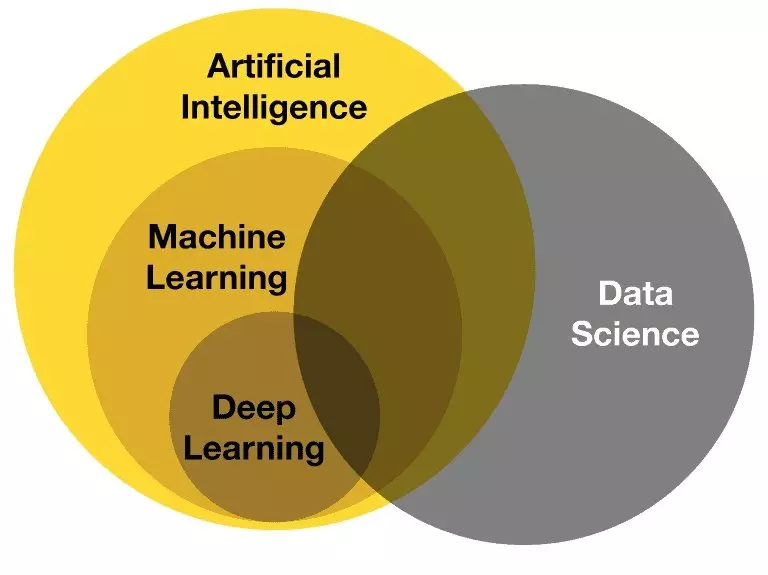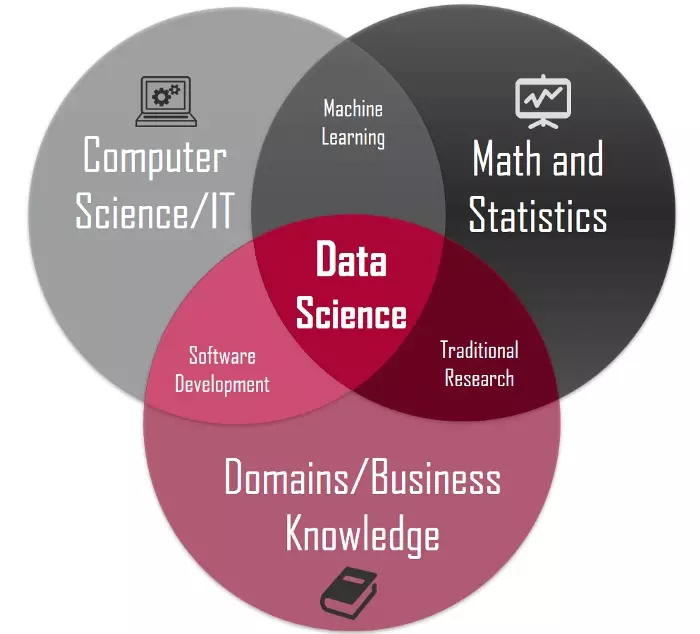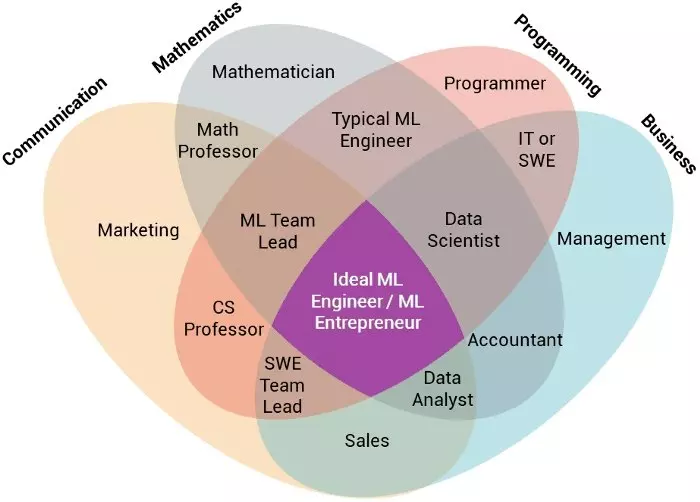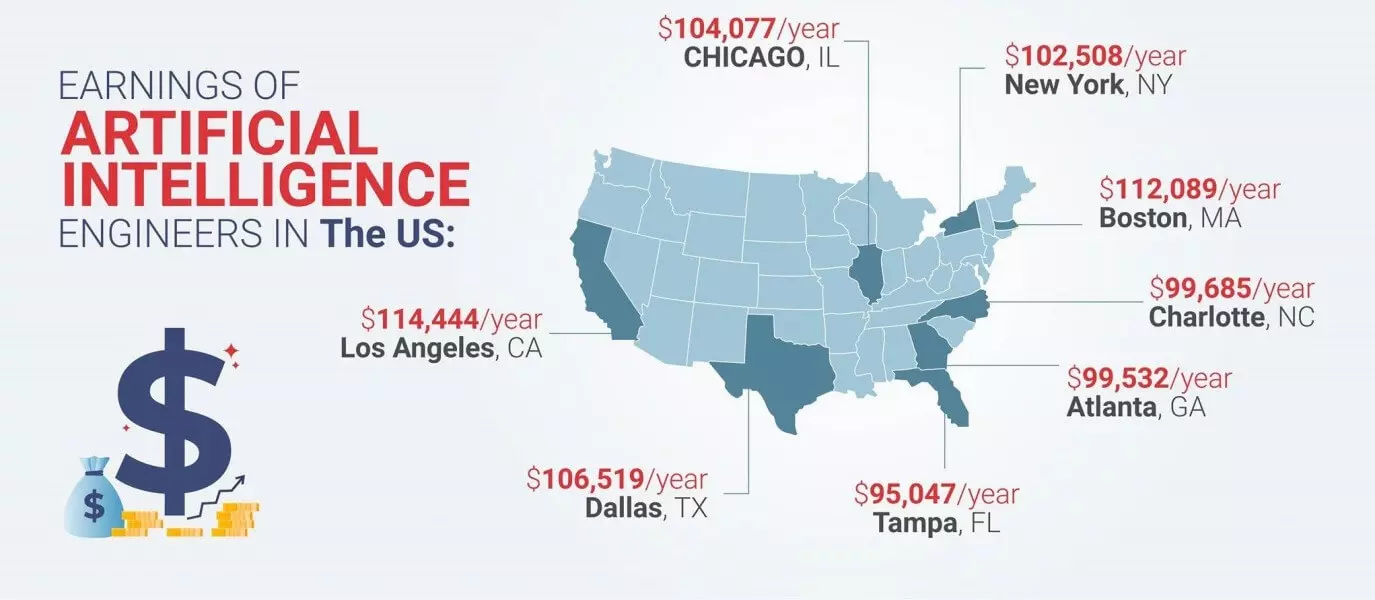Data scientists focus on the ins and outs of the algorithms, while machine learning engineers work to ship the model into a production environment that will interact with its users.
There is a 3-tiers generality scale: data scientists (DS), machine learning engineers (ML) and AI researchers/developers (AI).

A widely prevalent mistake is to identify:
DS = ML = AI
DL < ML = AI
In fact, DL < ML << AI
Major Key Skills Required for a Data Scientist and Machine Learning Engineer
✔️Data Scientist: A data scientist's role combines computer science, statistics, and mathematics. They analyze, process, and model data then interpret the results to create actionable plans for companies and other organizations.

Data scientist skills:
- Mathematics and Statistics.
- Programming in R and Python.
- Big data tools — Spark, Hadoop, Hive, Pig.
- Data visualization tools — QlikView and Tableau.
- In-depth understanding of data cleaning, data management, and data mining.
- Database knowledge — SQL and other relational databases.
The data scientists are versatile in:
- understanding of data cleaning, data management, and data mining.
- statistical modeling, and unstructured data analytics in research or corporate environments.
- classification models, neural network, cluster analysis, Bayesian modeling, and stochastic modeling, etc.
See Data Scientist Job Responsibilities at PayPal.
✔️ML Engineer: As a machine learning engineer, working in this branch of artificial intelligence, you'll be responsible for creating programmes and algorithms that enable machines to take actions without being directed. An example of a system you may produce is a self-driving car or a customised newsfeed.

ML Engineer Skills:
- Computer science and software engineering.
- Mathematics and algorithms.
- Proficiency in R and Python programming.
- Command over Unix and Linux environments.
- Data evaluation.
- Working experience in DL, ML, image processing, NLP, computer vision, and neural network architectures.
ML engineers are versatile in:
- Designing and building computer special solutions with machine learning and deep learning.
- Develop scalable algorithms by leveraging object tracking algorithms, instance segmentation, semantic, object detection, and keypoint detection.
- Use of machine learning methods like zero-shot, GANs, few-shot learning, and self-supervised techniques.
- Docker technologies to develop deployable versions of the model.
- Testing and deployment methods.
- Creating and deploying ML algorithms.
See ML Engineer Job Responsibilities at EY.
Differences of Salaries Between AI Engineer and ML Engineer
According to Payscale, the average salary of a data scientist ranges from USD 96k to USD 134k depending on the years of experience, level of expertise, and job location. While a ML engineer makes between $122K to $140 per year.

Now to the point, who is an AI researcher, scientist, developer and engineer.
ONE might need to answer:
- What is AI?
- What’s the difference between fake AI and real AI?
- What are sources of AI, ontology, philosophy, logic, mathematics, statistics, linguistics, semantics, cognitive science, computer science, data science and information engineering
- What are types of AI?
- What are intelligent agents?
- What are the best languages for AI?
- What’s the difference between strong AI and weak AI, general AI and narrow AI?
- What is the difference between AI, machine learning, and deep learning
- What are real AI applications?
- What's wrong with the Turing Test?
- What is Data, Information and Knowledge?
- What are neural networks and how do they function?
Summary
While some organizations prefer a well-rounded scientist who is capable of both data science and machine learning operations, many firms will prefer a specialist in one area, as they will have the two roles separated out on their team. It can be a lot for one person to do everything from start to end, so having two designated people where one is focused on model building, and one is focused on model deployment, is a more efficient approach oftentimes.





Leave your comments
Post comment as a guest